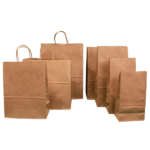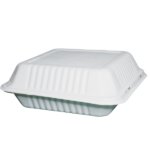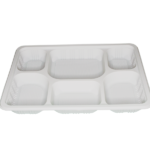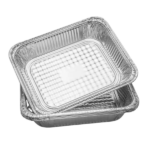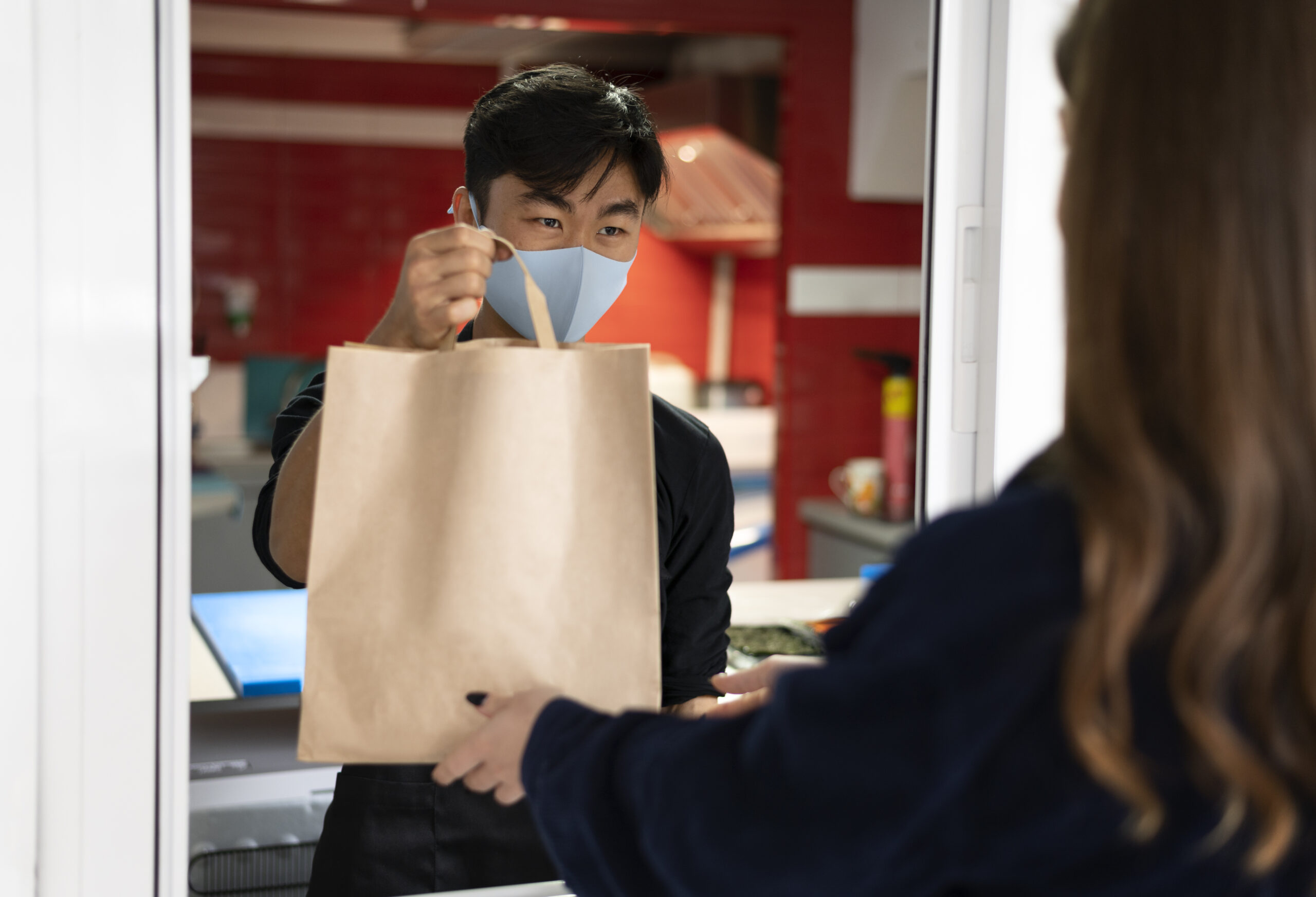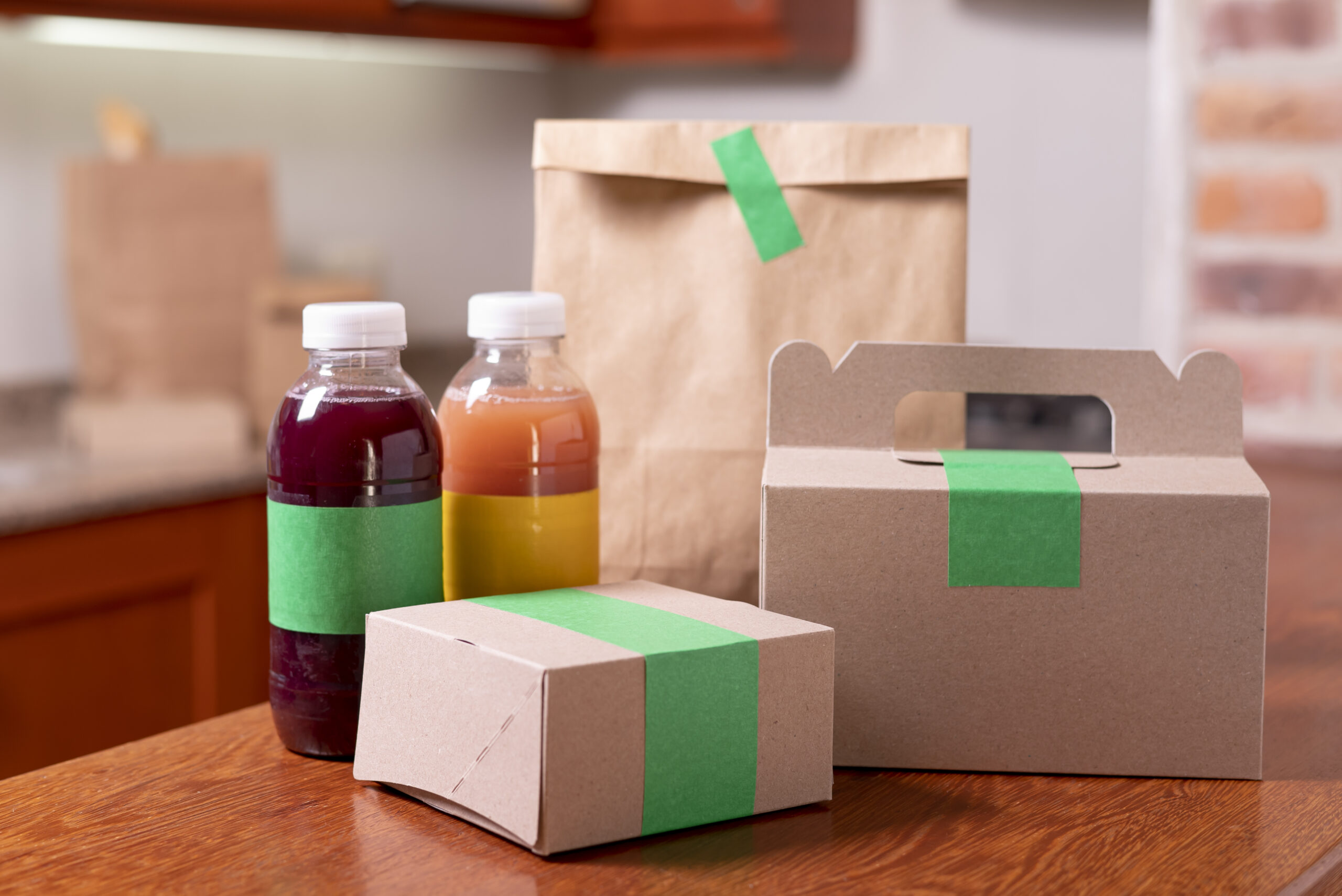Introduction
In the ever-evolving landscape of consumer behavior, one significant trend is reshaping the way we perceive and interact with products—the changing preferences for food packaging. As consumers become more conscious of their environmental impact, health considerations, and overall lifestyle choices, the demand for innovative and sustainable packaging solutions has surged. In this comprehensive exploration, we will delve into the factors driving this transformation, the impact on the food packaging industry, and how businesses are responding to meet the evolving expectations of their customers.
Understanding the Dynamics of Changing Preferences
1. The Rise of Eco-Conscious Consumers
Perhaps one of the most significant factors driving the change in food packaging preferences is the global rise of eco-conscious consumers. With increasing awareness of environmental issues, particularly plastic pollution and climate change, customers are seeking products that align with their values. Packaging has emerged as a focal point for environmentally conscious decision-making, leading to a demand for sustainable, recyclable, and plastic-free options.
2. Health and Wellness Priorities
Beyond environmental concerns, consumers are placing a premium on health and wellness. This shift in priorities extends to the materials used in food packaging. The desire for fresh, minimally processed foods is complemented by a preference for packaging that preserves the nutritional integrity of the products. Consequently, there is a growing demand for packaging materials that are free from harmful chemicals and additives.
3. Convenience and On-the-Go Lifestyles
The modern lifestyle is characterized by its fast pace and convenience-driven choices. As a result, customers are gravitating towards food packaging that complements their on-the-go habits. Portable, resealable, and portion-controlled packaging options are gaining popularity, catering to the need for convenience without compromising on freshness or taste.
4. Digital Influence on Packaging Aesthetics
In the age of social media and digital influence, the aesthetics of food packaging play a crucial role in shaping consumer preferences. Instagram-worthy packaging, with visually appealing designs and colors, has become a marketing strategy for attracting attention and creating shareable content. Packaging is no longer merely a functional element but a key component of the overall product experience.
The Environmental Imperative
1. Plastic-Free Movement
As awareness of the environmental impact of plastic pollution grows, consumers are actively participating in the plastic-free movement. This movement calls for reduced reliance on single-use plastics and advocates for alternative materials that are biodegradable, compostable, or easily recyclable. Businesses that align with this ethos are gaining favor among environmentally conscious consumers.
2. Circular Economy Initiatives
The concept of a circular economy, where materials are reused, recycled, or repurposed, is influencing packaging choices. Customers are increasingly supportive of businesses adopting circular economy initiatives, such as using recycled materials or designing packaging for easy recycling. This shift reflects a broader commitment to minimizing waste and promoting sustainable consumption practices.
Innovations in Food Packaging
1. Biodegradable and Compostable Materials
The quest for eco-friendly packaging has driven the development of biodegradable and compostable materials. Packaging made from plant-based sources, such as cornstarch or sugarcane, offers a viable alternative to traditional plastics. These materials break down more easily, reducing the environmental impact and aligning with the principles of a circular economy.
2. Edible Packaging
A novel approach to sustainable packaging involves creating edible packaging options. Innovations in edible films and coatings allow for packaging that is not only environmentally friendly but also adds a unique and engaging dimension to the consumer experience. Imagine eating your way through the packaging after enjoying the product!
3. Smart Packaging Technology
The integration of smart packaging technology is transforming the way consumers interact with products. QR codes, RFID tags, and sensors provide real-time information about the freshness, origin, and safety of food products. This transparency resonates with customers who value knowing the journey of their food from farm to table.
4. Minimalist Packaging Trends
In response to the desire for simplicity and reduced environmental impact, minimalist packaging trends are gaining traction. Streamlined designs, fewer layers of packaging, and a focus on essential information cater to consumers who appreciate a clean, uncomplicated aesthetic.
Impact on Businesses and Industry Response
1. Brand Differentiation and Loyalty
As consumers actively seek out products with sustainable and innovative packaging, businesses have recognized the need for brand differentiation. Companies that embrace eco-friendly packaging not only appeal to the growing segment of environmentally conscious consumers but also foster brand loyalty and positive perception.
2. Regulatory Compliance
Changing preferences for food packaging are not just driven by consumer demand; regulatory bodies are also adapting to address environmental concerns. Businesses must navigate and comply with evolving regulations related to packaging materials, recycling practices, and environmental impact assessments.
3. Investment in Research and Development
To stay ahead in the competitive market, businesses are investing in research and development to explore new materials and technologies. From biodegradable polymers to advanced recycling processes, the industry is witnessing a wave of innovation aimed at creating sustainable and effective packaging solutions.
4. Collaboration Across the Supply Chain
The shift towards sustainable packaging requires collaboration across the entire supply chain. From raw material suppliers to manufacturers, retailers, and waste management facilities, a cohesive effort is essential for creating a closed-loop system that minimizes waste and maximizes the reuse of materials.
Challenges and Future Trends
1. Cost Considerations
One of the primary challenges businesses face in adopting sustainable packaging is the potential increase in production costs. Eco-friendly materials and innovative technologies can be more expensive, posing a dilemma for businesses seeking to balance sustainability with financial viability.
2. Consumer Education
While awareness of environmental issues is growing, there is still a need for comprehensive consumer education. Understanding the benefits and proper disposal methods of sustainable packaging materials is crucial for maximizing their impact and reducing contamination in recycling streams.
3. Infrastructure for Recycling and Composting
The successful implementation of sustainable packaging relies on robust recycling and composting infrastructure. Many regions lack the facilities needed to effectively process and manage biodegradable or compostable packaging. Investing in such infrastructure is vital for realizing the full potential of eco-friendly packaging solutions.
4. Innovations in Material Science
The future of food packaging lies in ongoing innovations in material science. Businesses and researchers are exploring alternative materials with improved properties, such as increased durability, enhanced barrier protection, and better recyclability. The continual evolution of materials will shape the next generation of sustainable packaging solutions.
Conclusion
The changing preferences for food packaging reflect a broader cultural shift towards sustainability, health consciousness, and a desire for enhanced consumer experiences. As customers become more discerning and actively seek products aligned with their values, the food packaging industry is undergoing a transformative journey. Businesses that embrace this shift stand to gain not only in terms of customer loyalty but also in contributing to a more sustainable and environmentally friendly future. The evolving landscape of food packaging is a testament to the power of consumer choices in shaping industries and influencing positive change.

